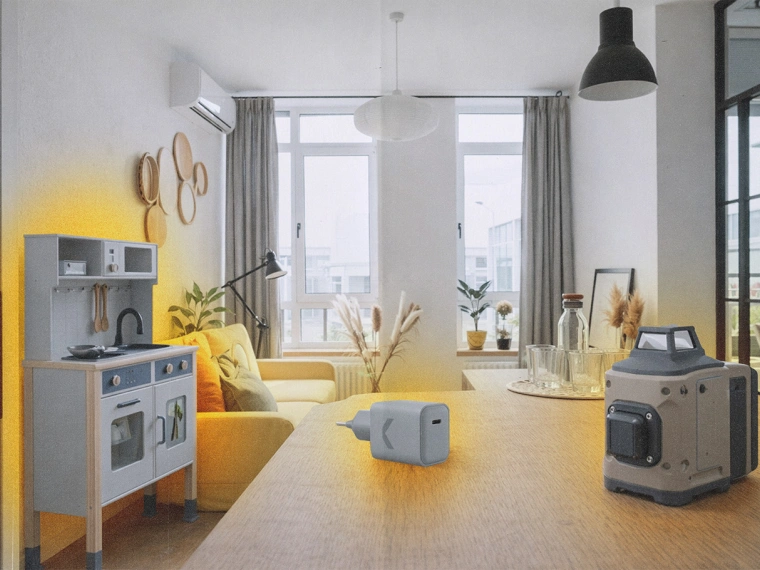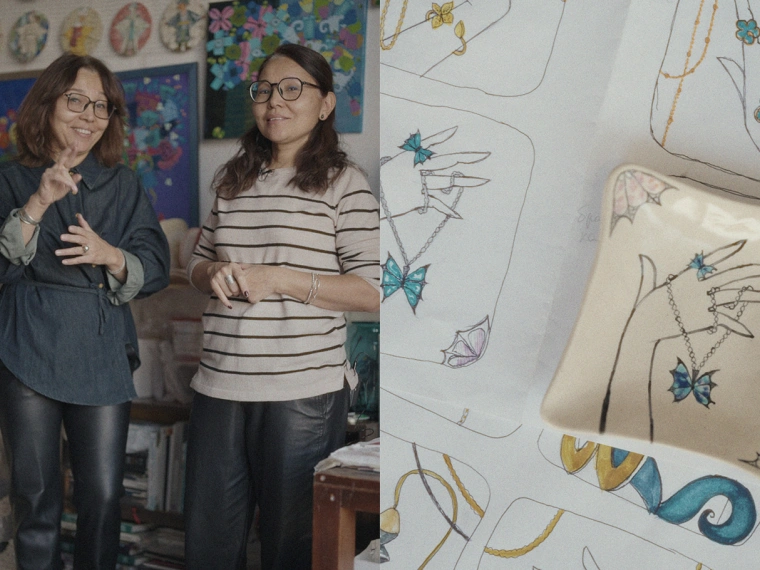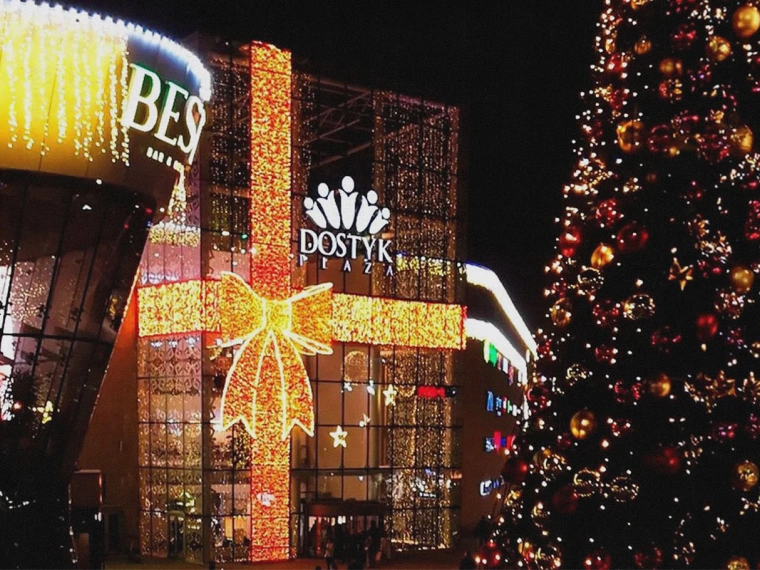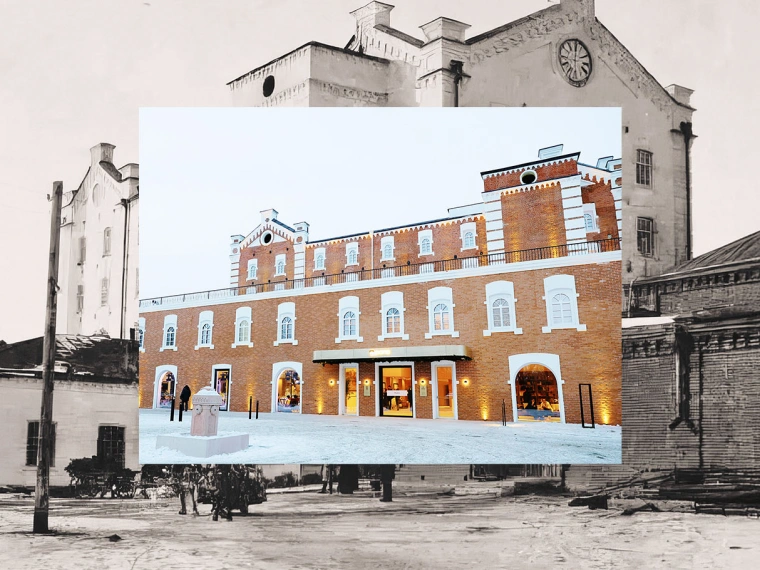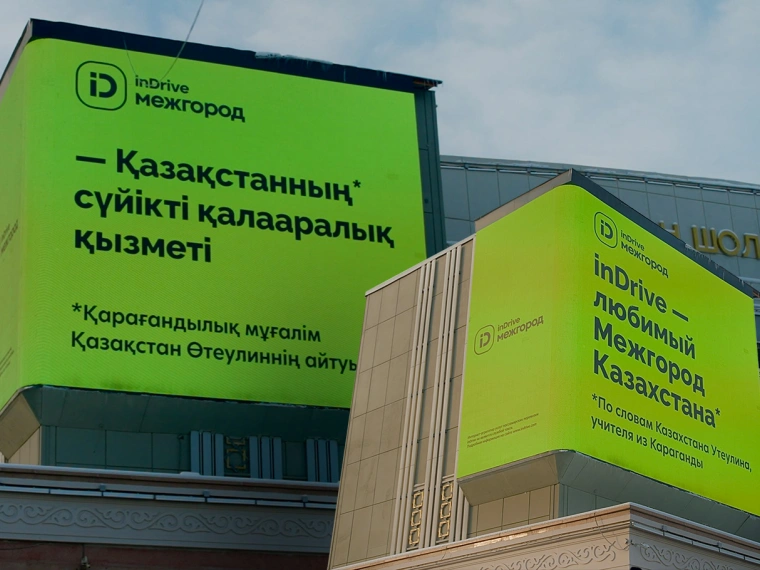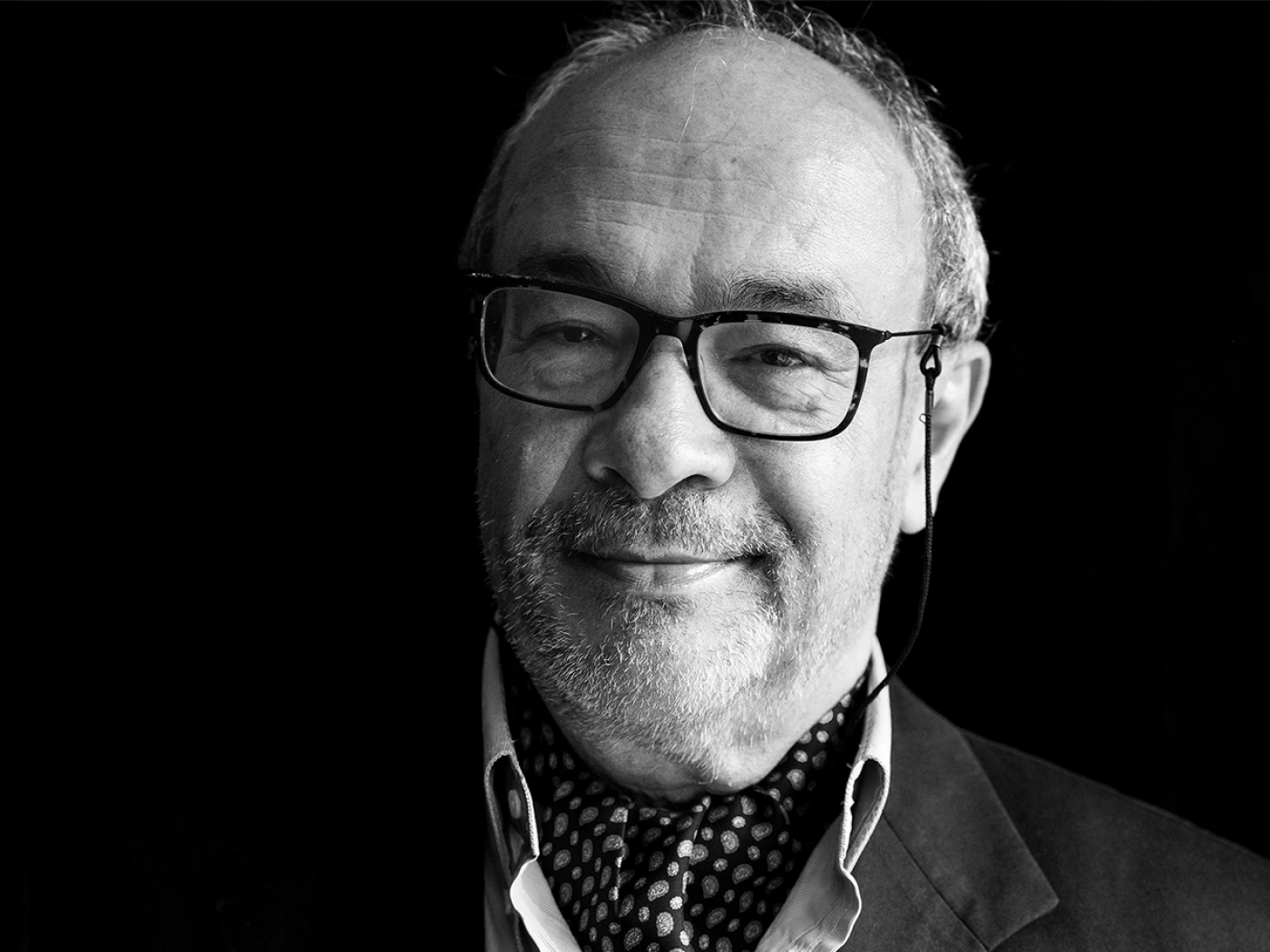
“Art is the Last True Luxury”: Andreas Kaufmann on Leica’s Legacy and Patience as a Virtue
When you speak with Dr. Andreas Kaufmann, Supervisory Board Chairman of Leica Camera AG, you quickly realize that his fascination with photography goes far beyond gadgets and optics. As Leica continues to expand its global presence — including the recent opening of its first boutique in Kazakhstan, at 119 Nazarbayev Avenue in Almaty — the brand enters a new chapter in Central Asia.
Zaure Rozmat, CEO of STEPPE, spoke with Dr. Andreas Kaufmann, Supervisory Board Chairman of Leica Camera AG, about the company’s approach to photography, its role in mentoring young creators, and its focus on capturing moments that reflect history.
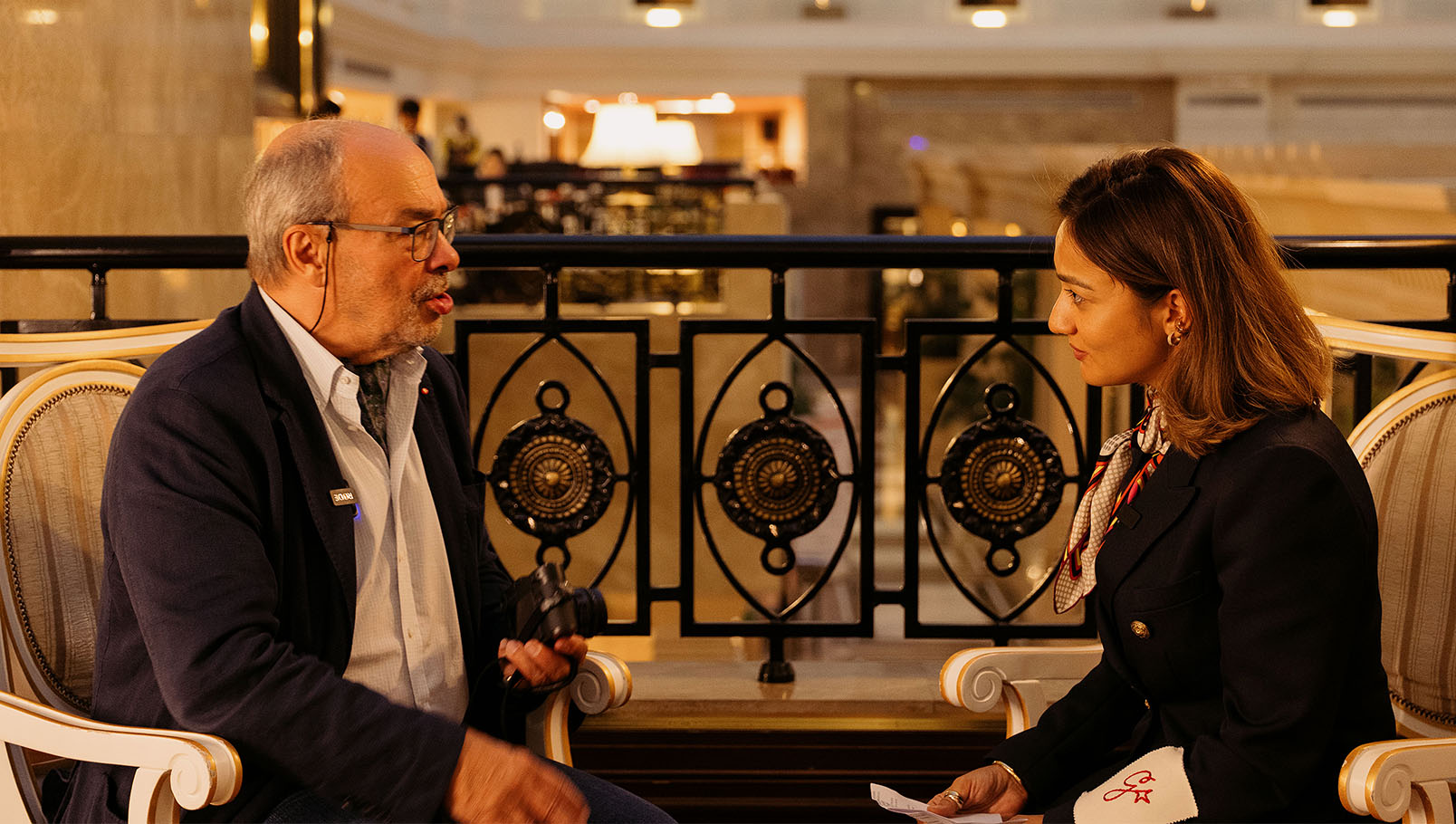
— What makes Leica so iconic?
It’s heritage and know-how. Since our first prototype in 1914, we’ve combined exceptional optics with precision mechanics, electronics since the 1960s, software since 1994, and, of course, design. Every Leica lens, every camera, carries decades of expertise. Longevity is key — a lens from 1968 works perfectly on a modern system today.
— Leica is often described as more than just a camera, but a distinct way of seeing. Is this perspective something that can be taught?
Absolutely. A Leica M is intuitive — half an hour is enough to start. But then begins the learning process: understanding light, anticipating moments. You don’t need autofocus; you learn to read the scene, to see through the lens. It’s about observation, patience, and presence. Smartphones are great for snapshots, but when you want to capture something extraordinary, you reach for a Leica.
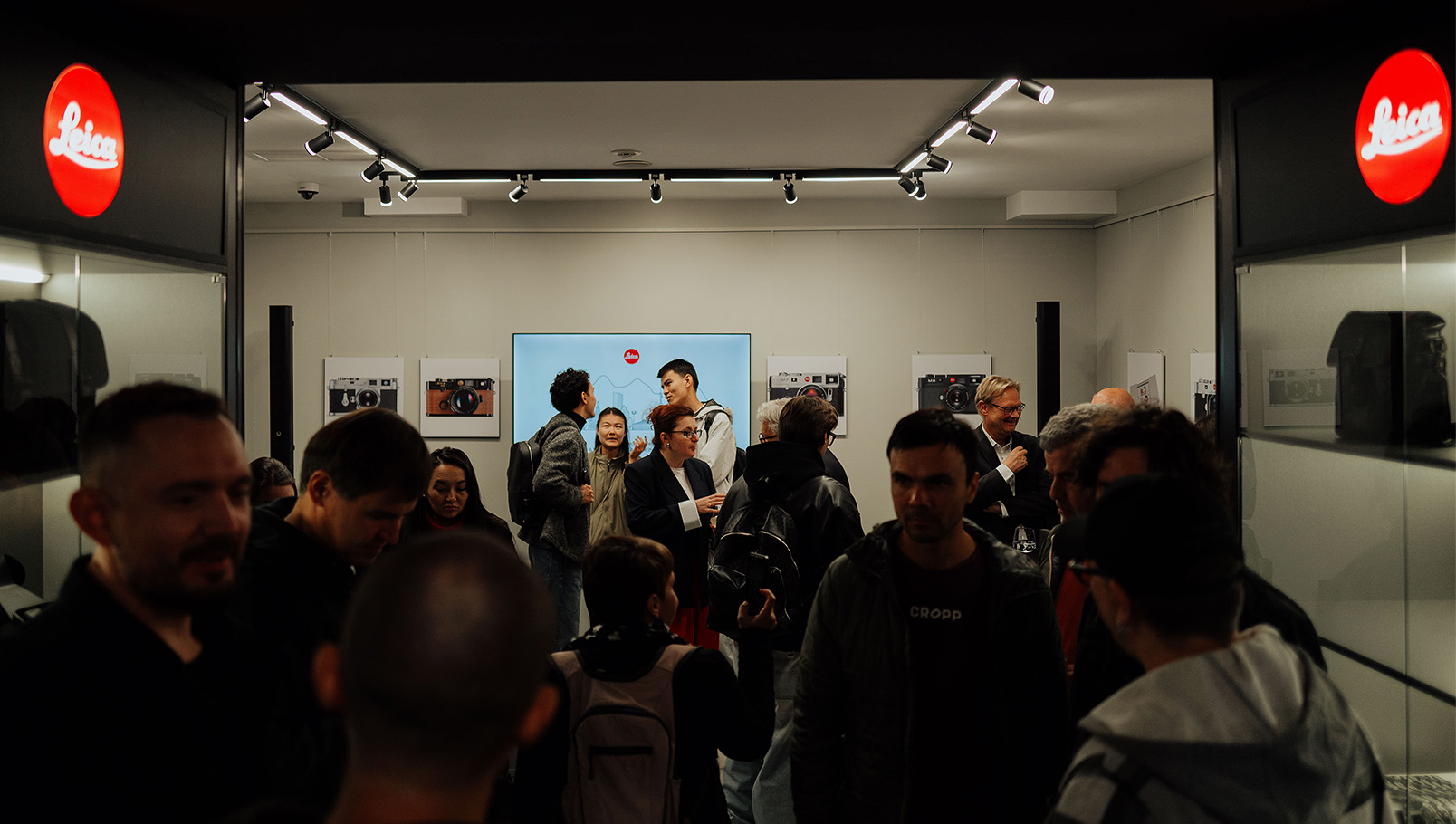
— Leica is known for supporting young photographers. How does the company actively nurture their growth and creative potential?
Through galleries, the Leica Academy, and awards like the Oscar Barnack. One-third of the photographers we showcase are classic masters, one-third are nationally recognized, and one-third are emerging talents. Only printed photos count — the rest is just data. This teaches patience, care, and the value of creating something lasting.
— Would you say that Leica’s philosophy is rooted in both tradition and innovation?
Exactly. Photography is about capturing light — the trickiest part. We have maybe 30–35 truly gifted lens designers worldwide. They work with glass in ways that seem like witchcraft. And our designs respect human proportions — the M series, for example, was created by a sculptor. It’s about creating tools that feel part of you.
— How do collaborations, like those with Xiaomi, fit into this vision?
We started exploring smartphones in 2007. It’s the modern consumer camera. Our apps translate Leica’s optical philosophy to mobile devices, helping creators see the world as Leica sees it. Collaboration is about extending our philosophy, not diluting it.
— What makes Central Asia an important region for Leica, and how do you see its creative potential?
This region is fascinating — bilingual, ambitious, culturally rich. Opening our store here was about timing and community. We want to give photographers access to our galleries, our academy, and our curated platforms like LFI and LSI. It’s about education, exposure, and preserving the legacy.
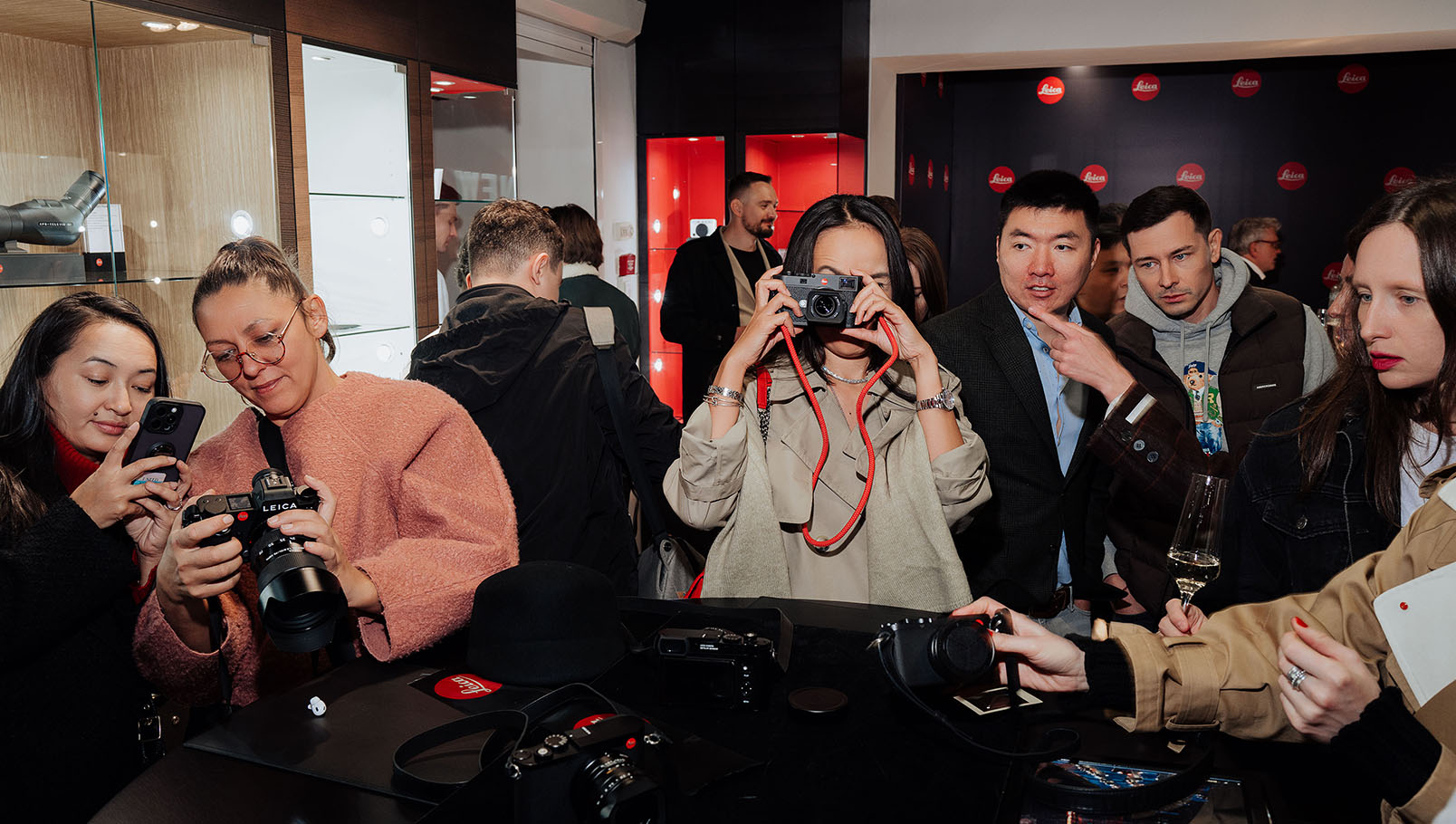
— Could you share a few photographs that, for you, exemplify what Leica represents?
One of them is “The Napalm Girl” by Nick Ut — a photograph that didn’t just capture history, it became history. Another is the image of Hemingway meeting Fidel Castro, taken by a local photographer — a single moment frozen for eternity.
And there’s another example I often think about — the famous portrait of Che Guevara. It was taken during a demonstration in 1960. The photographer had only twelve seconds to shoot and managed to take two frames: one rather ordinary, and the other — the one that became iconic. Later, he cropped it slightly and worked on it in the darkroom.
To me, this shows that every photograph begins as a simple attempt to capture a fleeting moment. It can be anything — my dinner, a steak, my dog. But when you bring care to it — when you think about composition, light, the atmosphere of a particular instant — it can become something much greater.
Every picture is a snapshot, but through care and vision, it can become art. And art, after all, is the last true luxury.
